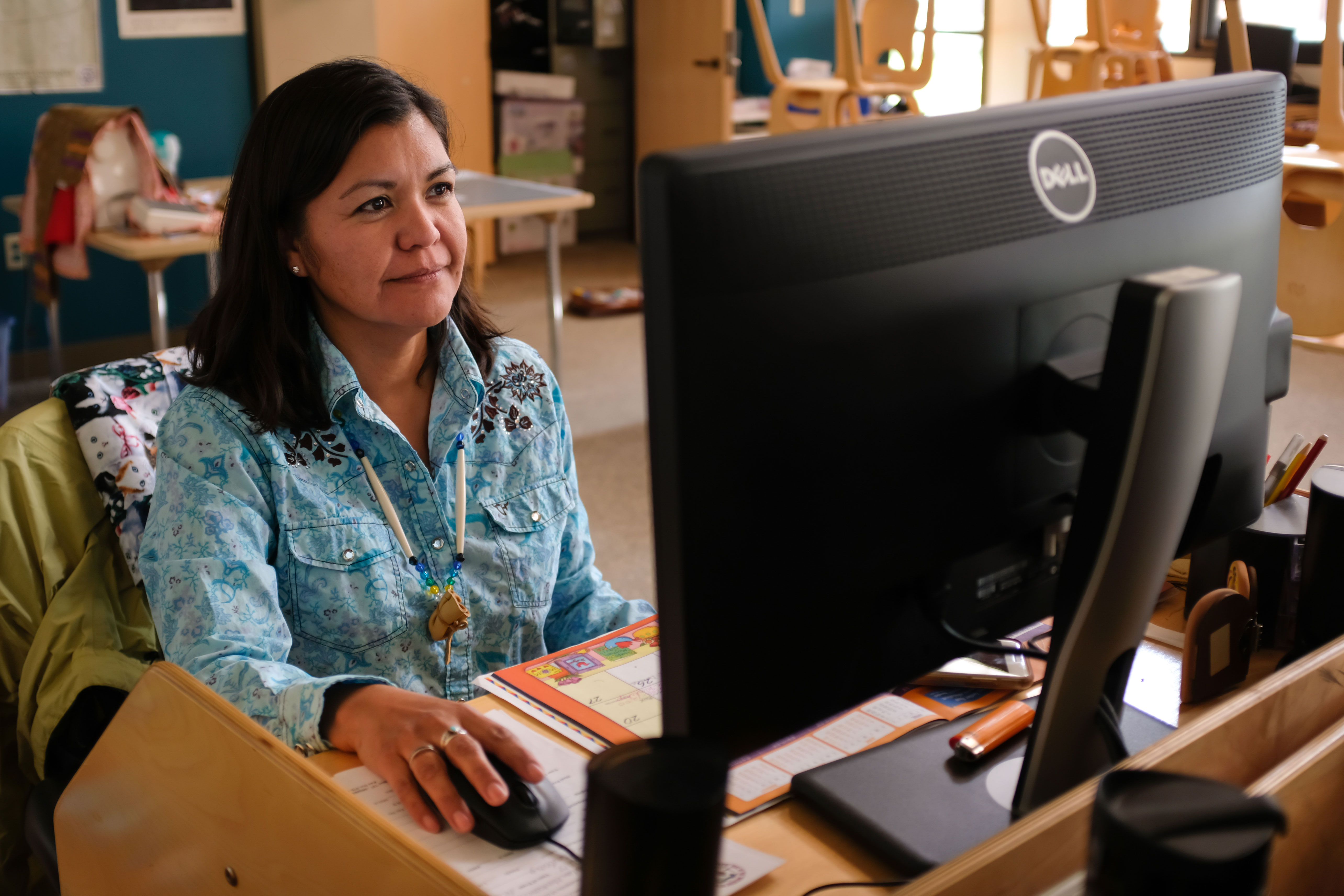A hot topic at last week’s Colorado Press Association meeting was the rise of unreliable news sites, fake news and the inherent dangers of misinformation. This was the subject of editorial presentations, round table conversations – in addition to being highlighted by keynote speaker and American futurist Amy Webb in her dialogue about the future of news and information.
Fake news is perpetrated in part by the rise of social media sharing and the fact that as consumers of information we have become inundated with online content. Social sites like Facebook and Twitter are among the most common sites for sharing unreliable news stories, shares often perpetrated by sensational headlines.
“It’s not always easy. You have to have a willingness to compare stories, to fact check. And the frustrating thing about it is people often don’t have the time to do these things. They rely on their news sources to do it for them,” said Michael Kircher, Maryland based freelance photojournalist and social media advocate. “The responsibility of journalists in this social media driven age has never been greater.”
Education and awareness are the tools we can use to fight misinformation and debunk biased news sites. News literacy is the term that refers to the knowledge and skill sets we have to adopt going forward, if we are to become a culture equipped to discern the accuracy and validity of news and information being shared across current social media platforms.
While fake news is not new, the rate at which misinformation is being created, consumed has steadily increased. The culture of sharing posts, articles and websites via social media is more pronounced then ever. In the age of smartphones, tablets and online media, a majority of Americans are getting their news from Facebook, Twitter and related sites rather then going directly to traditional news sources.
The good news is that these trends in false information have gained wide spread attention.
Pulitzer Prize-winning journalist Alan Miller founded The News Literacy Project (NLP) in 2008 to educate students on the importance of accuracy in news and journalism. Miller saw education as the answer to advocating better news literacy.
News literacy skills have never been more urgently needed according to the NLP website.
“News today comes from many directions – often in packaging that is confusing, if not downright contradictory. Even the most sophisticated audiences find it increasingly difficult to distinguish between legitimate news – information gathered in a dispassionate search for truth – and materials that are created to persuade, sell, mislead or exploit,” according to a statement published by the NLP.
The NLP’s mission reiterates the importance of education in the following affirmation – “News literacy teaches that all information is not created equal. It helps young people use the aspirational standards of quality journalism to determine what they should trust, share and act on.”
“We all have our biases,” said Michael Kircher. “It’s a matter of how open we are to changing our way of thinking. If we’re presented with new evidence contradicting what we once believed, are we willing to accept it? To at least look at it with an open mind?”
“In spite of all this, we do live in the age of information. Everything you might like to know can be found out easily enough with that amazing tiny computer in your back pocket. It can be frustrating and time consuming, but ultimately people do have the ability to learn the truth,” said Kircher, “The question is do they have the will to learn the truth?”
NLP’s all-new #SeeAlltheAngles Campaign encourages readers of all ages to ‘Take the Time to Read and Think’
A few points to keep in mind to ensure better accuracy in new sources:
- Read articles from trusted news sources such as The New York Times, Denver Post, Los Angles Times or your local newspaper.
- Dig deeper: read the full the story before sharing it.
- It’s important to remember that headlines can be intentionally misleading.
- Be aware of websites with heavy advertising agendas, fake news is often used to generate website traffic.
- Be aware of overly sensational headlines.
- Double-check the date for published articles to insure they are current.
- Verify by-lines for reporting and photography for credibility.
- Cross-reference a story if it seems fake or suspicious.

